One week after a Caribbean Christmas storm that caused some of the worst flashfloods in recorded history—leaving 23 dead and 4 missing—several of the region’s islands are picking up the pieces.
The low-level hurricane, or trough, swept through the islands of Dominica, Saint Lucia, St. Vincent, and the Grenadines on Dec. 24 and Dec. 25, causing flooding, washing out bridges, and destroying roads and banana plantations. A number of schools were also heavily damaged, according to government officials.
On Wednesday, the death toll went up to 23, with 4 still missing in St. Vincent and Dominica. The islands are due almost directly east of Costa Rica and Nicaragua.
In St. Vincent, the hardest-hit island, government officials state that early estimates of the infrastructural damage are in the hundreds of millions of dollars. Prime Minister Ralph Gonsalves toured the island and declared large sections disaster areas. The Grenadines were left basically untouched.
More than 13,000 people have been “severely impacted,” said Rhonda King, ambassador to the U.N. for St. Vincent and the Grenadines, on Wednesday. King said that the Caribbean community at large has been first in line to offer help.
“The Caribbean has stepped up and the response has been beyond expectation,” said King, adding that Trinidad sent a boat of supplies that arrived Tuesday night and the Prime Minister of Antigua visited last Saturday, while Trinidad and Tobago and Barbados both sent representatives.
King said that the water supply system has been significantly damaged and disrupted, which is also the case in Saint Lucia. One of St. Vincent’s three hydroelectric plants sustained extensive damage, and the main hospital in the capital, The Milton Cato Memorial Hospital, was flooded. Some of the hospital’s critical equipment was substantially damaged.
The Caribbean Community Secretariat, Caricom, has helped to coordinate aid efforts.
“The community’s regional emergency response mechanism has been activated,” said secretary-general of Caricom, Ambassador Irwin LaRocque, in a statement on the aftermath of the storm. “As the process of recovery and rebuilding begins, I wish to assure those persons who are affected that the community stands ready to render all possible assistance as the member states seek to rebuild from the destruction.”
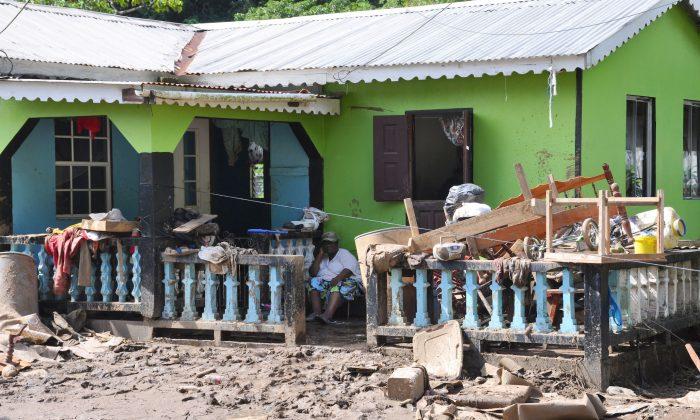
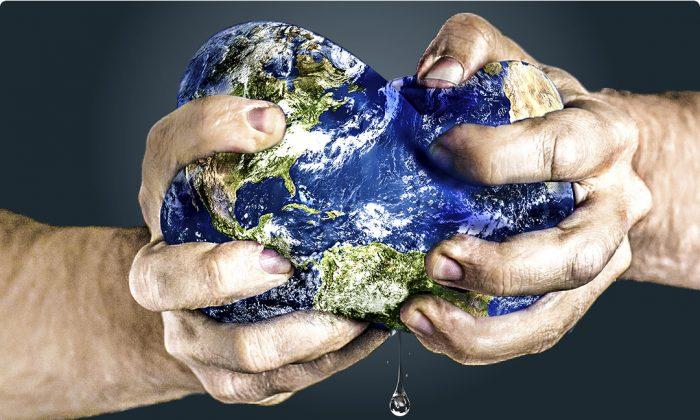
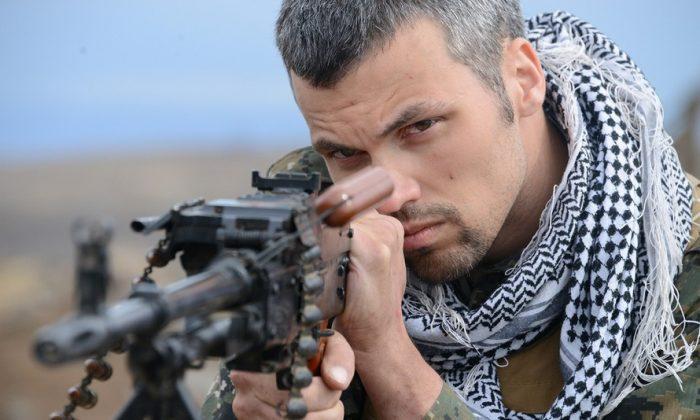
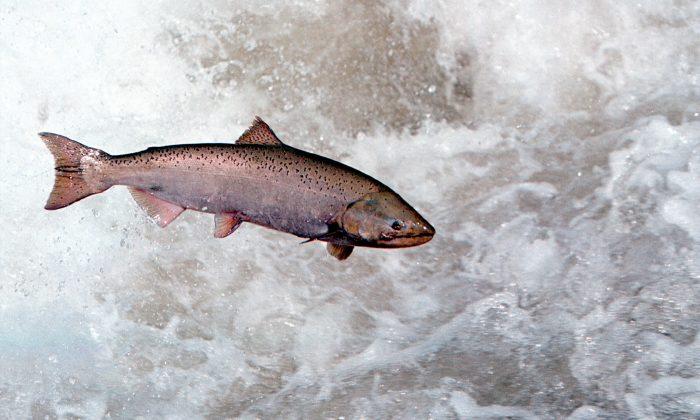
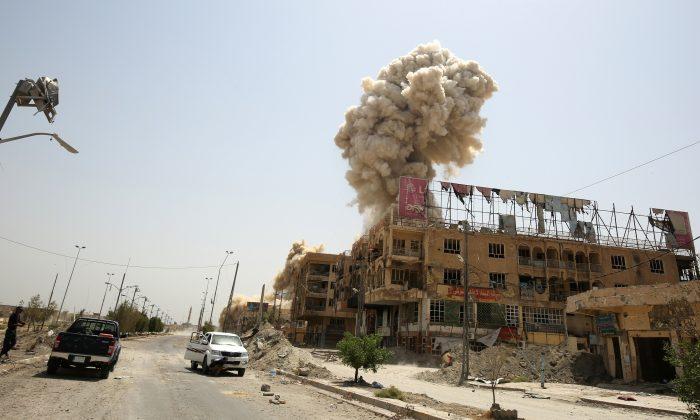
Friends Read Free